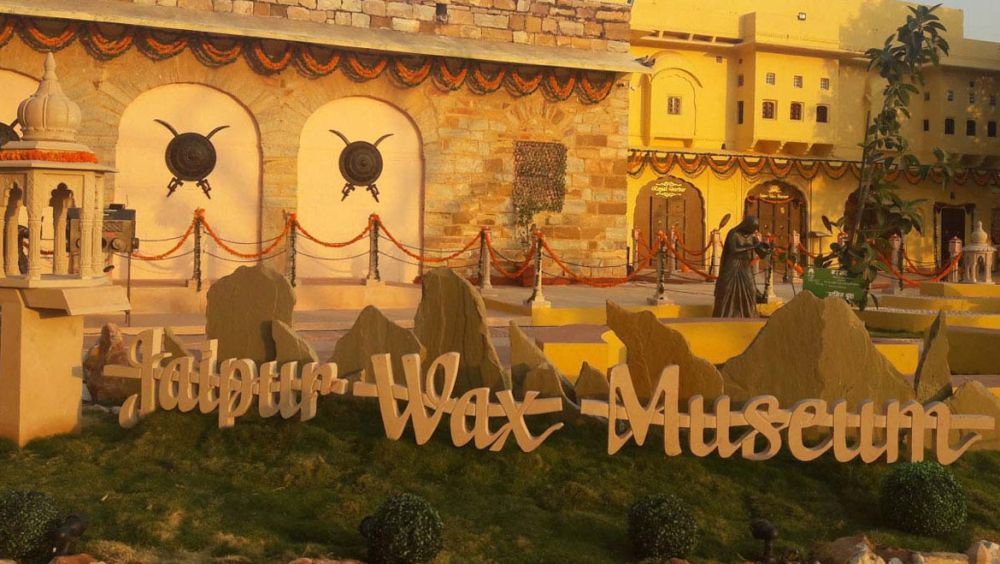

The rich cultural heritage of Jaipur, located in the heart of Rajasthan, India, has been a major draw for tourists from all over the world. With its vibrant history, grand palaces, and colorful streets, Jaipur has always been a focal point for heritage tourism in India. One of the relatively recent additions to its plethora of tourist attractions is the Jaipur Wax Museum, which has swiftly become a must-visit destination for both domestic and international visitors eager to experience wax artistry that resonates with the grandeur of this historic city.
The history of tourism in Jaipur can be traced back to the establishment of the city in 1727 by Maharaja Sawai Jai Singh II. Known for its unique pink-hued buildings, Jaipur forms a part of the Golden Triangle tourist circuit, along with Delhi and Agra. Over the years, the city has seen a steady increase in the number of visitors, with tourism evolving to include not only historical sites but also various cultural and modern attractions.
The Jaipur Wax Museum was inaugurated in December 2016, housed within the opulent Nahargarh Fort, which stands on the edge of the Aravalli Hills, overlooking the city. The museum showcases wax and silicon statues of famous personalities from various walks of life, including global icons, Bollywood stars, sports heroes, and historical figures, all adding a contemporary flair to the city's tourist offerings.
Visitors to the museum can marvel at the lifelike figures, which are a testament to the artistry and craftsmanship of the creators. The Hall of Icons, the Royal Darbar, and the special Sheesh Mahal section with its unique mirror art are among the key highlights that offer an immersive experience. Interactive zones where guests can adorn traditional attire and pose with their favorite celebrities add to the museum's allure.
Over the past few years, Jaipur has seen several new trends in tourism. There is a growing attraction towards experiential and sustainable tourism, with travelers seeking authentic experiences that allow for deeper cultural immersion. Boutique accommodations, heritage walks, and exploration of local crafts have become increasingly popular. The Jaipur Wax Museum contributes to this trend by allowing visitors to engage closely with figures that represent the rich tapestry of India's cultural and historical narrative.
The Jaipur Wax Museum is easily accessible from the city center and is open to visitors throughout the year. It has quickly established itself as a family-friendly attraction, offering educational and entertaining outings for people of all ages. While in Jaipur, tourists can easily combine a visit to the museum with other nearby attractions like Amer Fort, Jaigarh Fort, and the Jaipur City Palace, making the most of their trip to this enchanting city.
In conclusion, the Jaipur Wax Museum has added a novel dimension to the diverse tapestry of Jaipur's tourism scene. By honoring prominent personalities in wax form, it offers a unique homage to the people who have shaped our world. As tourism in the Pink City continues to evolve, the museum stands out as a symbol of innovation that complements the historical charm that Jaipur is renowned for.